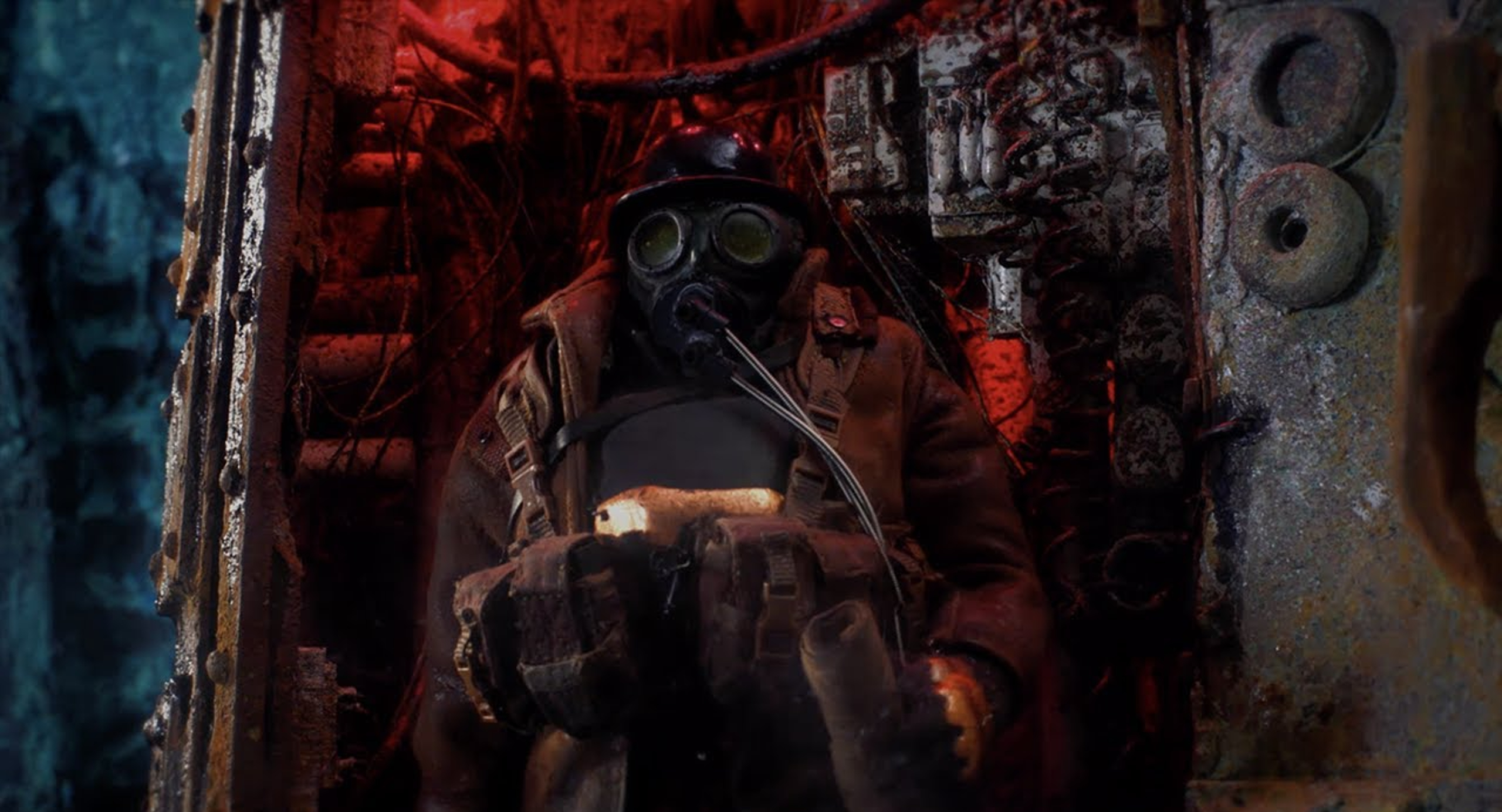In the world of cinema, there are few names as revered and iconic as Phil Tippett, a legendary figure in the realm of practical effects and stop-motion animation. With a career spanning decades, Tippett has left an indelible mark on the industry, working on such classics as Star Wars, Jurassic Park, and RoboCop. His latest offering, Mad God, is a testament to his unparalleled creativity and unwavering dedication to the art of stop-motion animation. While Mad God is a visual and conceptual tour de force, it also tests the boundaries of storytelling, leaving audiences in a state of bewildering wonderment.
Mad God – Film Review
Published September 18, 2023

Visually, Mad God is a breathtaking achievement. Tippett’s mastery of stop-motion animation is on full display, as every frame of the film oozes with painstaking attention to detail. The practical effects and miniature sets are a testament to Tippett’s commitment to the craft. Each puppet and creature is a grotesque work of art, meticulously designed and animated to create an atmosphere of dread and unease. The film’s monochrome palette adds to the otherworldly ambiance, with shades of gray and black creating a stark, nightmarish contrast.
The attention to detail here is staggering. Tippett’s team has managed to imbue life into inanimate objects, creating a sense of tactile reality that is rarely seen in modern cinema. As the protagonist navigates this nightmarish landscape, the audience is treated to a parade of grotesque and haunting images. From writhing, fleshy walls to grotesque human-animal hybrids, the film is a feast for the eyes of those who appreciate the macabre and the surreal.
One of the standout aspects of the film is its use of practical effects and miniatures to create a sense of physicality. The film revels in its tactile nature, with puppets and miniatures moving through real-world sets, giving the audience a palpable connection to the nightmarish world on screen. It’s a stark departure from the CGI-heavy spectacles of contemporary cinema, and it’s a refreshing reminder of the power of practical effects.
The sound design in Mad God is another highlight. The eerie and unsettling audio work adds depth to the nightmarish visuals, enveloping the audience in a sonic landscape that is as unsettling as it is immersive. The film’s use of ambient noise, disturbing whispers, and dissonant music underscores the feeling of dread that permeates every frame. It’s a masterclass in audiovisual storytelling, enhancing the film’s overall impact.
However, Mad God is not without its flaws. While the film’s visual and auditory elements are undeniably stunning, its narrative ambiguity may prove frustrating for some viewers. Tippett has intentionally chosen to prioritize mood and atmosphere over a traditional plot, leaving much of the film open to interpretation. This approach is a double-edged sword. On one hand, it allows for a rich and immersive experience that encourages viewers to engage their own imagination. On the other hand, it can leave audiences feeling disconnected and bewildered, struggling to make sense of the surreal and often disjointed scenes.
Additionally, the film’s pacing can be a challenge. Clocking in at just under 80 minutes, the film can feel like a relentless onslaught of disturbing imagery without much respite. While this unrelenting quality is undoubtedly intentional, it may test the patience of some viewers who are accustomed to more conventional storytelling structures.
Despite these drawbacks, Mad God is a testament to the power of cinema as an art form. It pushes the boundaries of what is possible in the realm of stop-motion animation and practical effects, delivering a visual and auditory experience that is nothing short of mesmerizing. It’s a film that demands to be seen on the big screen, where its stunning visuals and haunting soundscapes can truly come to life.
Mad God is a cinematic fever dream that defies easy categorization. It’s a dark and nightmarish journey into the depths of madness, brought to life through the mastery of practical effects and stop-motion animation. While its narrative ambiguity and unrelenting pacing may not be to everyone’s taste, those who appreciate the artistry of filmmaking and are willing to embrace the surreal will find Mad God to be a captivating and unforgettable experience. Phil Tippett’s latest work cements his legacy as a true visionary in the world of cinema, and Mad God is a nightmarish gem that will linger in the minds of viewers long after the credits roll.
